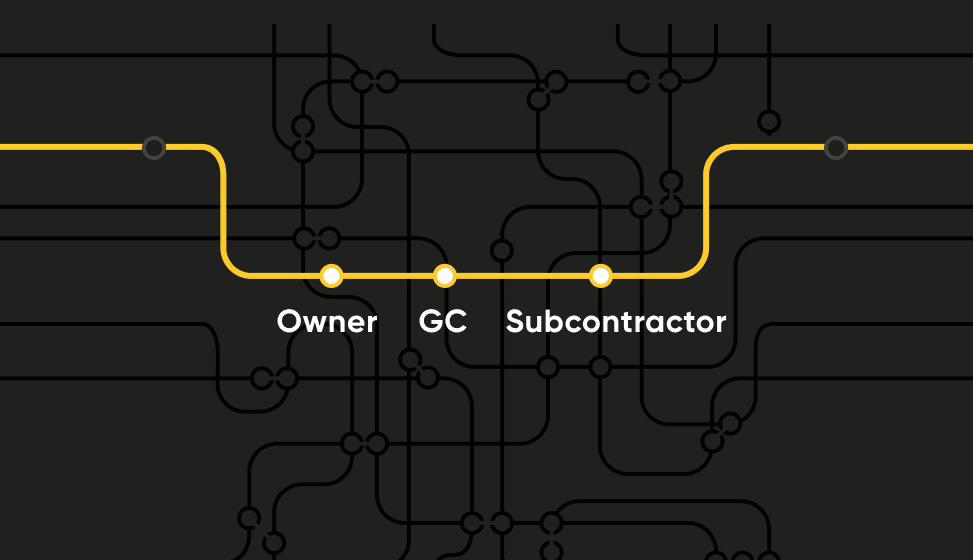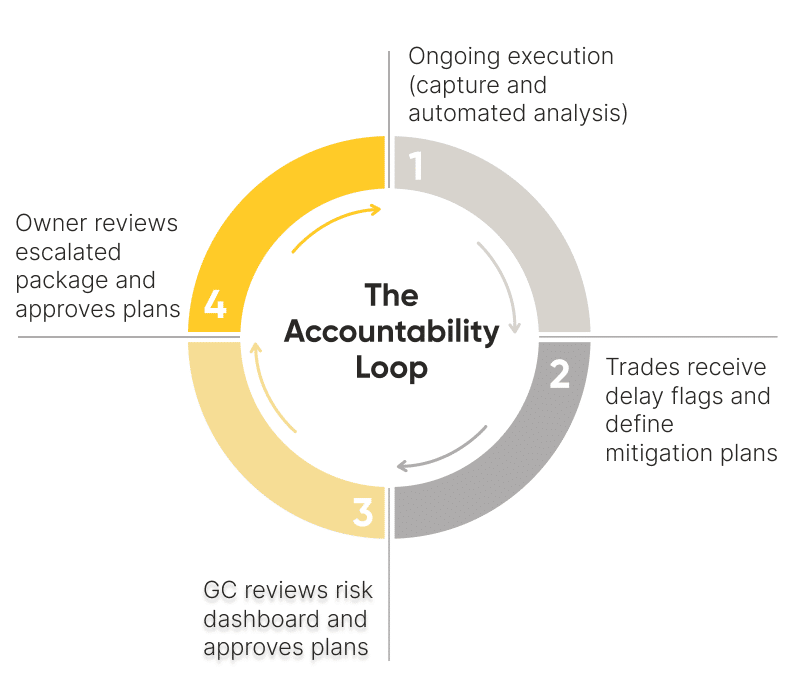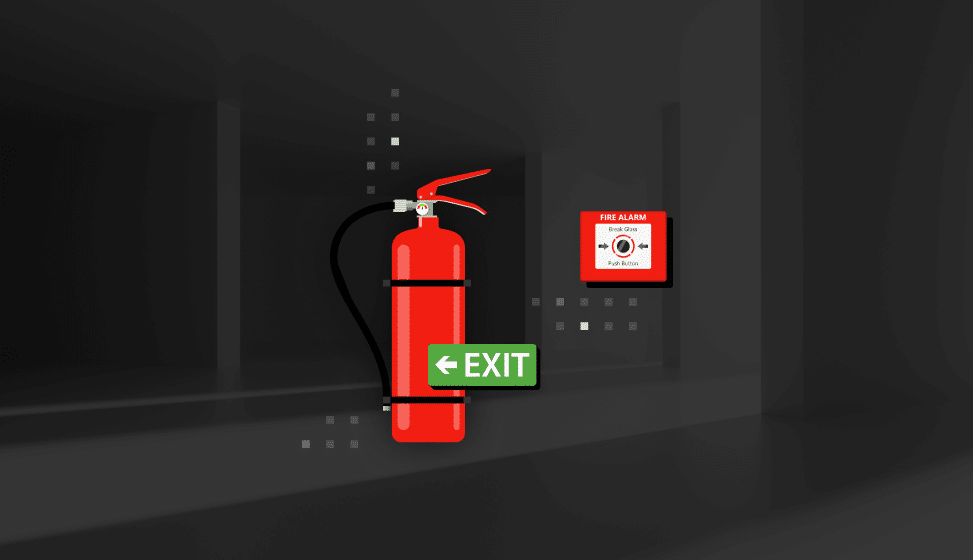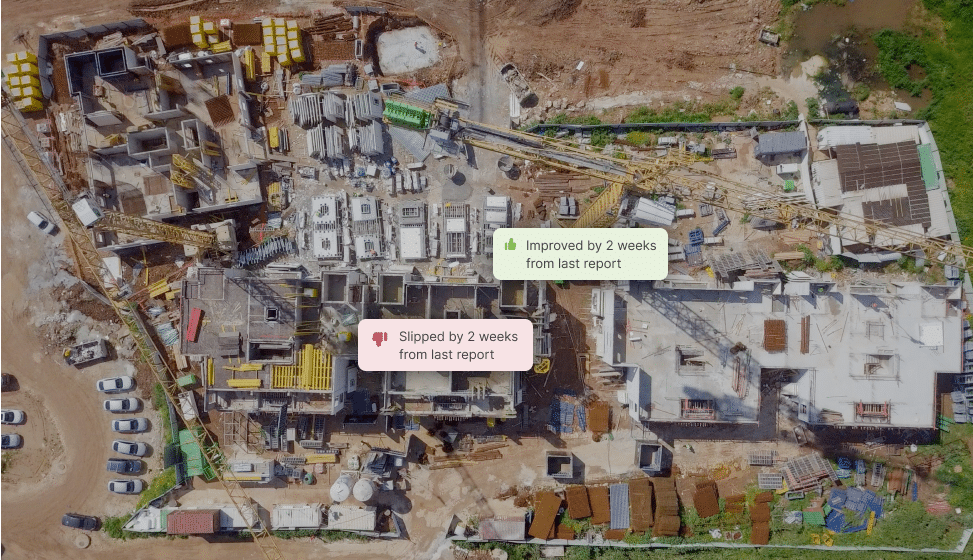Construction workflows that work: Progress reporting and risk management between owners and contractors

A workflow for progress reporting and risk management between general contractors (GCs) and owners. This isn’t rocket science, and may be similar to what you’re doing already. But there’s one crucial difference. This workflow is powered by objective progress data and predictive analytics, not ‘he said, she said.’ It’s a process that manages people, not the other way around.
Peter Drucker once said, “Efficiency is doing things right; effectiveness is doing the right things.”
In construction, many projects struggle to achieve both simultaneously. Misaligned processes between general contractors and owners and a lack of standardized monitoring contribute to inefficient execution, with each project operating on its own set of protocols. This is compounded by a reliance on traditional, siloed reporting methods that either fail to capture the right insights or rely on specific experts being onsite to spot issues (time-consuming and challenging given the current talent crisis in construction). But with technology evolving, there’s a chance to change things for the better.
Implementing Buildots is a great start, but it’s just the beginning. Over the years, we’ve learned that to really transform construction, we need to work closely with owners (and their GCs) to implement clear workflows and support them in the change management process. Establishing an effective workflow takes defined outcomes, clear structure, transparent communication, and buy-in from everyone involved.
When objective progress data and structured collaboration power workflows, GCs and owners can finally operate as true partners. In this blog, we’ll break down how to do that.
Before we dive into the process, please note that this blog will focus on progress reporting and risk management workflows. In future blogs, we’ll cover others, such as quality assurance and financial reporting.
Introducing the accountability loop
So, how do you align owners, GCs and subcontractors around shared goals without losing sight of the details?
First, the owner defines the key delivery milestones. From there, the GC collaborates with subcontractors to break those milestones down into detailed work packages, ideally using an AWP (Advance Work Package). From that point on, everyone follows the steps below in a continuous cycle.

Important note: Currently, some elements of the workflow below must be done manually or through integrations with other tools. However, Buildots’ vision for the industry is for this to be fully automated. We believe the process below represents a solid starting point for all organizations. But, like all good workflows, there is room for flexibility depending on an organization’s needs.
The accountability loop: Stakeholder actions
These are the detailed weekly actions we recommend for all stakeholders included in the accountability loop.
Subcontractor actions
Subs are the boots on the ground. Their job is to deliver the milestone scopes of work (SOWs) and manage the associated risks. To make sure this is done effectively, we recommend that subcontractors take the following steps each week:
- Review progress: Review their package’s weekly progress report (based on Buildots’ platform data) and validate or adjust their progress updates.
- Review delay risks: After validating progress, subs should look at any delays projected by Buildots’ platform. If the subcontractor agrees with the delay risk projection, they should create a mitigation plan. If they disagree, they should justify why and, in doing so, take full accountability.
- Define action plan: If there is a projected delay, the sub should create a recovery plan with clear timelines and actions, such as deploying additional labor resources. Each sub should have more than just a plan A!
GC actions
The GC plays the orchestrator role, ensuring plans are realistic and risks are actively managed. Not just discussed. In this vein, each week, we suggest that the GC should:
- Review reports: Review all milestone SOW reports and approve or reject subcontractors’ responses.
- Escalate where necessary: For any milestone with more than two weeks variance, escalate it to a ‘critical at-risk activity’. A secondary mitigation plan from subs should be required for each such ‘critical at-risk activity’.
- Discuss mitigation plans: Discuss ‘critical at-risk activity’ plans with subs in a weekly meeting.
- Approve mitigation plans: Approve ‘critical at-risk activity’ plans and circulate them within the GC and subcontractor teams.
- Report to the owner: For a fully collaborative approach, send the ‘critical at-risk activity’ plans to the owner for final review.
Owner actions
With structured, consistent reporting, the owner’s team can finally make strategic calls, not reactive ones. Here’s what we recommend their role looks like:
- Review reports: Review the full milestone SOW report (typically by discipline).
- Review mitigation plans: Approve or reject ‘critical at-risk activity’ plans. Require secondary plans for any rejected items.
- Escalate: Once the plan is approved, escalate it to owner leadership as part of the regular project reporting cadence.
What success looks like
When this workflow is followed, it results in a level of alignment that’s rare in construction, but entirely achievable. Subcontractors and general contractors consistently sign off on progress, ensuring that updates are verified by all parties. Every potential risk is identified early and assigned an owner, supported by either a mitigation plan or advance notice to adjust the schedule.
For owners, this creates full transparency into project health without chasing updates or intervening in day-to-day operations. Decisions are based on data, not assumptions. Progress is evaluated by outcomes, not just activities. Everyone works from the same playbook, from field teams to owners, with a clear view of priorities and next steps.
This workflow represents a system for organizational standardization. Data collection becomes consistent. Reporting protocols align across teams. Risk management follows a shared structure. As a result, owners gain clarity and consistency across all regions and projects.
While some teams might believe they already have a similar setup, there are a few key differences. The first is the backbone of objective data. Having this in place eliminates the typical friction and finger-pointing we see between different parties. The second is the formalization of the process. Doing this enforces the habit of performance-driven thinking among all stakeholders, which is what the industry sorely needs.
This is performance-driven construction management in action – structured, scalable, and with accountability embedded into every layer of the workflow.
Want to put these workflows into practice in your portfolio? Book a demo to learn more about how Buildots helps owners and GCs work smarter together.



